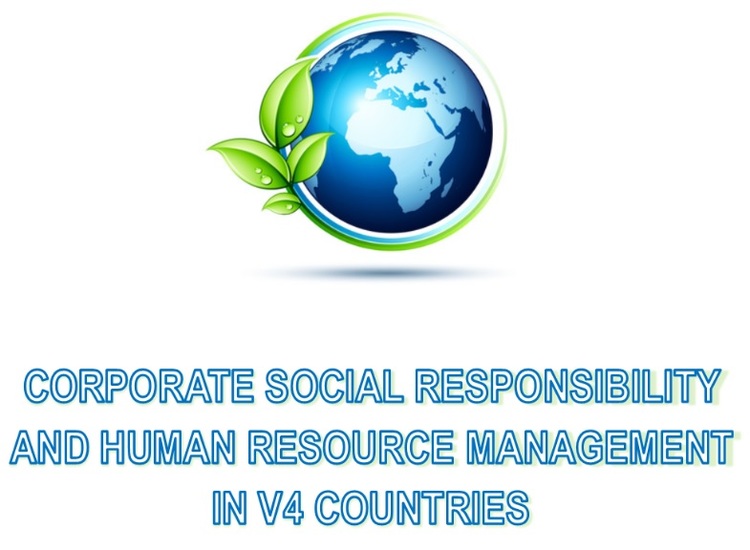Is the Innovation Potential reflected in the Number of Students and Graduates? A Case of SUA Nitra

Abstract
The paper deals with the topic of innovation potential of the studying programs at the different faculties of Slovak university of Agriculture in Nitra (SUA) and its attractivenes measured as the number of students and the number of graduates. SUA faculties were divided into two groups according to the innovation potential of their study programs. First group (the group with higher innovation potential) included FBP, FAPZ and TF. The second group was comprised by FEM, FZKI and FEŠRR, the faculties with lower innovation potential. We used secondary data collected by the CVTI as a part of National project „Vysoké školy ako motory rozvoja vedomostnej spoločnosti”. We calculated the estimations of the number of students and the number of graduates for the period of years 2016 - 2018. To evaluate the statistically significant differences in the number of students and graduates in the two groups of faculties we used analysis of variance (ANOVA).
The estimations of the number of students and the number of graduates suggest the already falling number of students will continue to fall as well as the number of graduates (with exception of FBP and TF). Regardless the statistically significant differences in the number of students and the number of graduates, the innovation potential of a study program seem to play no role in the attracting of potential students.
Key words: innovation potential, number of students, number of graduates, estimation, university
1 Introduction
Between 1960 and 2000, there was a large expansion in universities in the industrialized countries. Early expansion was to deal with the baby boom coming of university age; later expansion was driven by the desire to increase the proportion of the population receiving tertiary education (Cowan and Zinovyeva, 2013). The same can be said about the development regarding the expansion of universities in Slovakia in middle- and late nineties of 20th century. The clearest effect was an increase in the general education level of the labour force. Naturally, a rise in student numbers tended to be accompanied by a rise in the size of the professiorate and an increase in the sizes and numbers of universities. The innovation of learning content according to knowledge society needs is necessary. At present the quality of educational process is subject to continual incorporating new pedagogical approaches and techniques that are interconnected with results of scientific-research activity and the latest knowledge from practice. Design of new and innovation of existing study programmes in connection with preparation for complex accreditation follows establishment of new subjects prospectiveness of which depends also on trends in economic environment and business activities what underlies graduates self-assertion at the labour market (Buganová and Lusková, 2015).
In the knowledge-based society, universities play an enhanced role in innovation as entrepreneur.They have reconsidered their traditional academic roles of social reproduction and extension of certified knowledge, but placed them in a broader context as part of its new role in promoting innovation (Draghici et al., 2014). The role of research-intensive universities in the knowledge society:
- The leading edge of competitiveness in knowledge-driven societies is represented by research-intensiveuniversities (RIUs) providing open and cross-disciplinary environments that deliver world class research, acting as strong attractor poles for the best talent and engaging deeply with society by employing partnership and collaboration. RIUs also play an important role in forging international partnerships with leading universities globally.
- In many European countries RIU´sresearch effortws have been impoverished in recent decades in comparison with other systems because of marginal-cost funding of research, the allocation of research funding on criteria other than excellence and an obsessionwith bureaucratic even-handedness. However, there have also been positive developments. For example, the UK experience of the last decade shows how policies vwich focus on strong support of undirected and frontier research, significant investment in research funding, full economic costing research, tight focus on research excellence and investment in infrastructure, do strengthen the research base and enable universities to successfully compete on a global level (Maes et al., 2011).
There have been many studies of the relationship between universities and industrial innovation, particulary at the regional level (see literature review section of the paper). The majority of these studies analyse cross-section data, focusing on either the presence or size of universities an the relationship with regional innovation activity. Generally, they document a strong relationship between university research activity and industrial innovation in the region where the university operates.
The primary objective of the paper is to answer the queastion whether the innovation potential of certain faculties attracts larger number of students in comparison to faculties where the innovation potential is relatively lower. As a case study we used the Slovak University of Agriculture (further only SUA).
2 Literature Review
There exist a large literature analysing the relationship between academic research an industrial innovation activity. University knowledge production is important for industrial innovation. Newly industrialized country (NIC) governments are increasingly focused on fostering science-industry interactions and developing high-technology sectro (Gouvea and Kassicieh, 2005; OECD, 2010).
Viac na spu.fem.uniag.sk/fem/ISC2015/data/proceedings_isc2015.pdf (str. 299-311)




